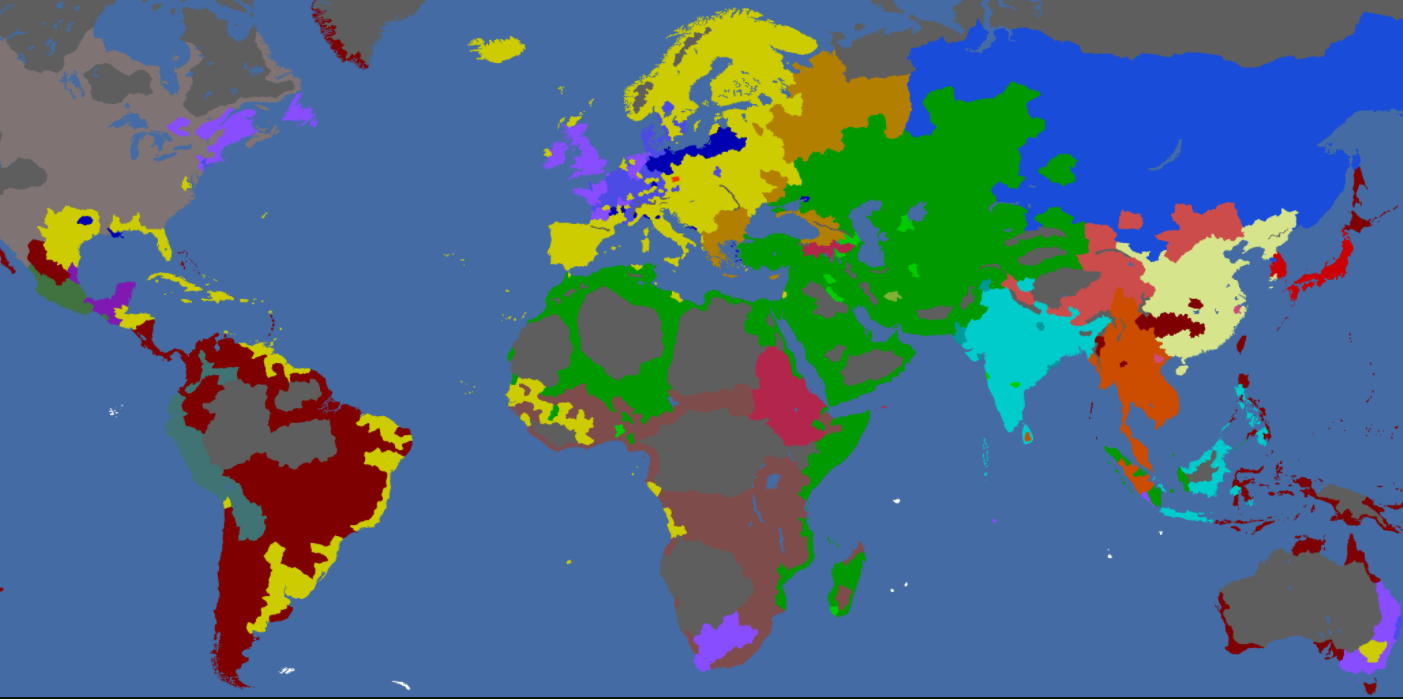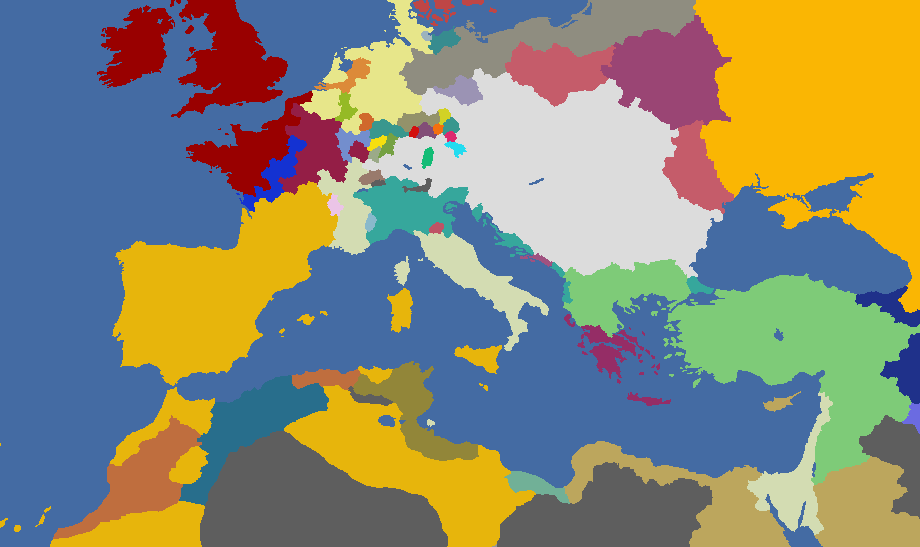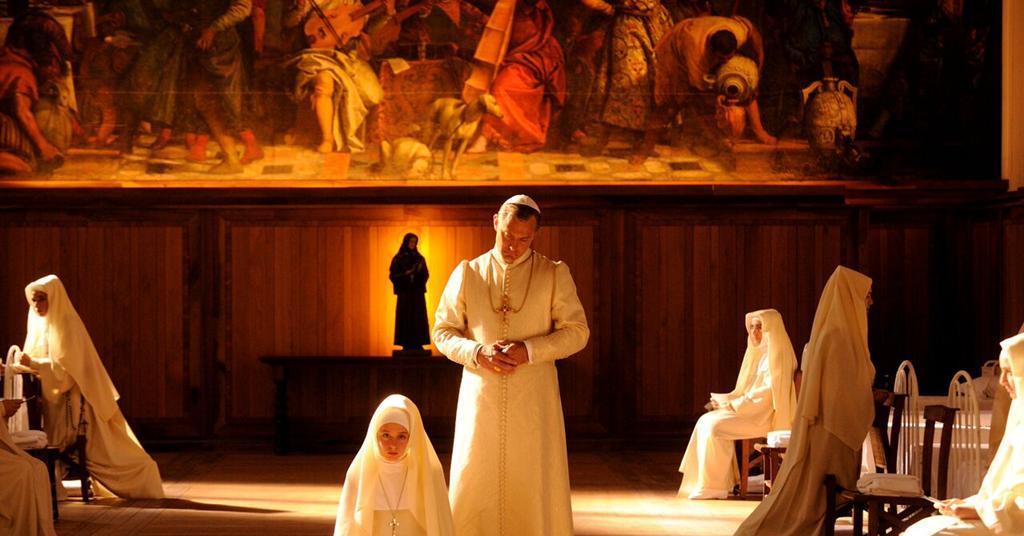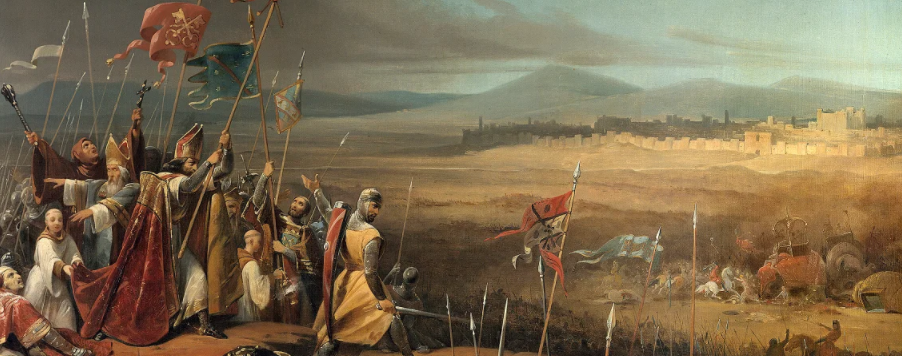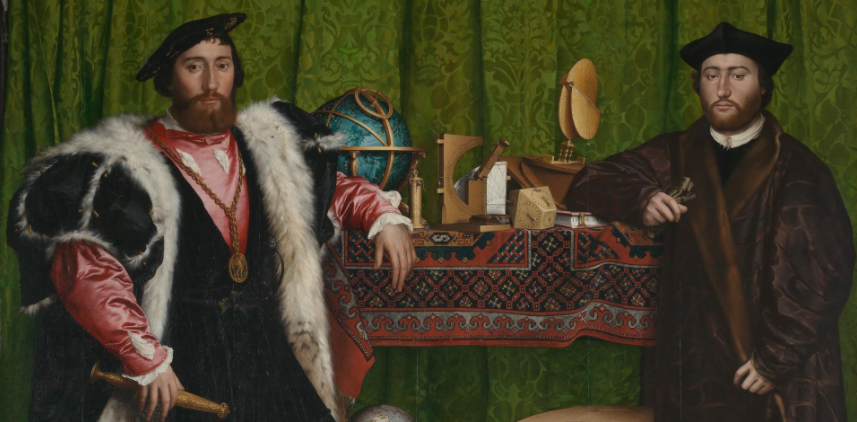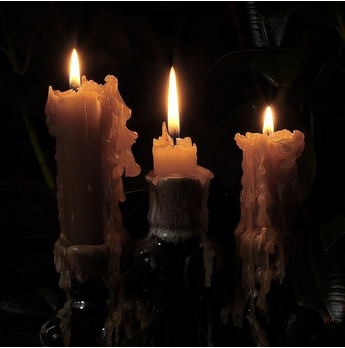We draw our legacy from Albert Talbot. A man who hailed from England decades ago. Who served two Westphalian Archbishops for over sixty years until his peaceful passing. Who was not shamed for his pride in Anglicanism, who advised the armies and leaders of our nation’s military with compassion, rigor, and genius.
Talbot’s legacy stands ready before the castle of Köln, where the oppressed Dutch have bribed the last Colognian Cardinal to abandon his duties.
Talbot left a lineage among the highest echelons of free thinkers in the Westphalian government. Who were unseen by the Pope’s Cardinals that, for a time, were steadfast in their hunts for heresy. Many followed in his wake, yet many more opposed their likeness. When Talbot’s legacy was faced with movements to strengthen Religious heads, they achieved partial Secularization instead. Catholics may have continued to rule over Westphalia, but they would see their time.
Talbot’s legacy stands ready at the rivers of Berg, where Westphalian and British Anglican merchants offload the means of our vision.
Napoleon II von Assel had been the first Archbishop to establish open elections following his death, and his successor would be the first to abuse that power. As their Pope rejoiced in victories against French Anglicans and celebrated their plunder among their Catholic rabble, Napoleon III von Leiningen joined their ranks against reformists.
Talbot’s legacy stands ready before the castle of Coblenz, where their garrison joins our banners.
In a campaign surrounded with persecution, vilification, and executions of Anglicans and Protestants, he pillaged Napoleon II von Assel’s vision by re-establishing Church and State as one. None would question their holy word.
Talbot’s legacy stands ready before the castle of Münster, where their garrison runs to their wives.
But as the candle’s wick crumbles to the flame of the people’s will, the wax shall too melt away to nothing.
Talbot’s legacy stands ready before the castle of Bremen, where devout Catholics lay down their arms before us.
Where they will be replaced one by one with the candles of The Prophet, Bethlehem’s, The Shepherd’s, and The Angel’s.
Talbot’s legacy stands ready before the castle of Hamburg, where the pious lay down their lives at the tip of the Anglican pike.
When they too have gone, there will stay Christ’s Candle through every church in the land of Westphalia.
Talbot’s legacy stands ready at the battle of Dithmarschen, where the loyal shed the Lord’s blood.


